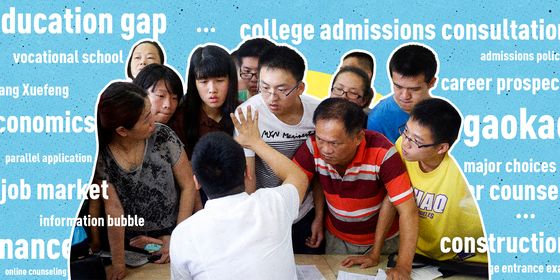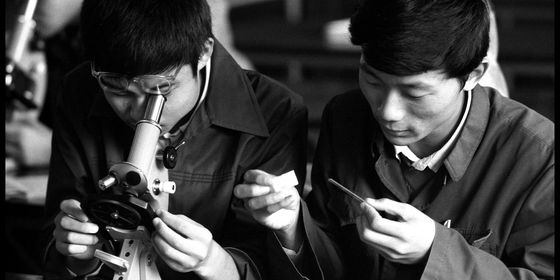Admissions controversy sparks debate on “fairness” for rural students
When a student surnamed Zhao from Xincai county, Henan, became the first in his village accepted to Peking University, his grandfather only knew that it was a good school. His parents weren’t home; they were working in Guangzhou as waste sorters.
“We haven’t had a college student in years,” a neighbor of Zhao’s told the China Economic Times.
Yet for several days in August, Zhao and his quiet village became the center of a showdown over China’s version of “affirmative action,” after PKU asked provincial education authorities to allow them to rescind Zhao and another Henan student’s admission offers on the premise that they might “have trouble completing their studies.”
The two students were enrolled through the National Special Education Program, a government initiative started in 2012 that offered special exemptions for students in 680 economically disadvantaged counties to attend the nation’s top-tier universities even if they do not meet the minimum scores for admission in the national college entrance exam (gaokao).
Under this program, PKU set aside spots for eight science-track high school graduates from Henan province. Zhao and the other student scored over 100 points lower than other admitted students from their province that year.
Criticism of PKU’s actions erupted on Weibo, becoming a trending topic on the microblogging platform nearly overnight. With graduation rates a notoriously high 95 percent even at selective four-year institutions, netizens argued that the university was more likely motivated by elitism than by genuine concern for the students’ ability to keep up.
Geography-based discrimination is nothing new in Chinese education. Though the sole criterion for university admissions in China is the gaokao, a standardized test, public universities hold quotas for local students. In practice, this means that students with residence permits in cities with prestigious universities, like Beijing, have a lower bar for admission compared to non-local students, in addition to better educational resources.
In 2015 it was widely reported that the acceptance rate for government-classified “first-tier universities” was 24 percent in Beijing, and just 9 percent for students from Jiangsu province, although the academic caliber of students from the two highly developed areas are considered similar. The New York Times reported in 2014 that a Beijing student is 41 times more likely to gain admission to PKU than a student in the less-developed Anhui province.
Even so, recent government efforts to equalize university admissions have received vocal pushback. In 2016, universities in 11 more affluent provinces reduced quotas for locals to accept more students from 10 poorer provinces. When Jiangsu province announced that it would reallocate 38,000 seats, signifying an 18 percent reduction in spots reserved for local students, over 1,000 parents took to the streets with signs calling (perhaps ironically) for “Fairness in Education!”
Following a public relations nightmare, PKU reenrolled the two Henan students and issued a public apology on Weibo. However, as long as university rankings continue to influence job placements and social mobility, China has a long way to go to achieve education meritocracy.
Affirmative Reaction is a story from our issue, “The Good Life.” To read the entire issue, become a subscriber and receive the full magazine.












